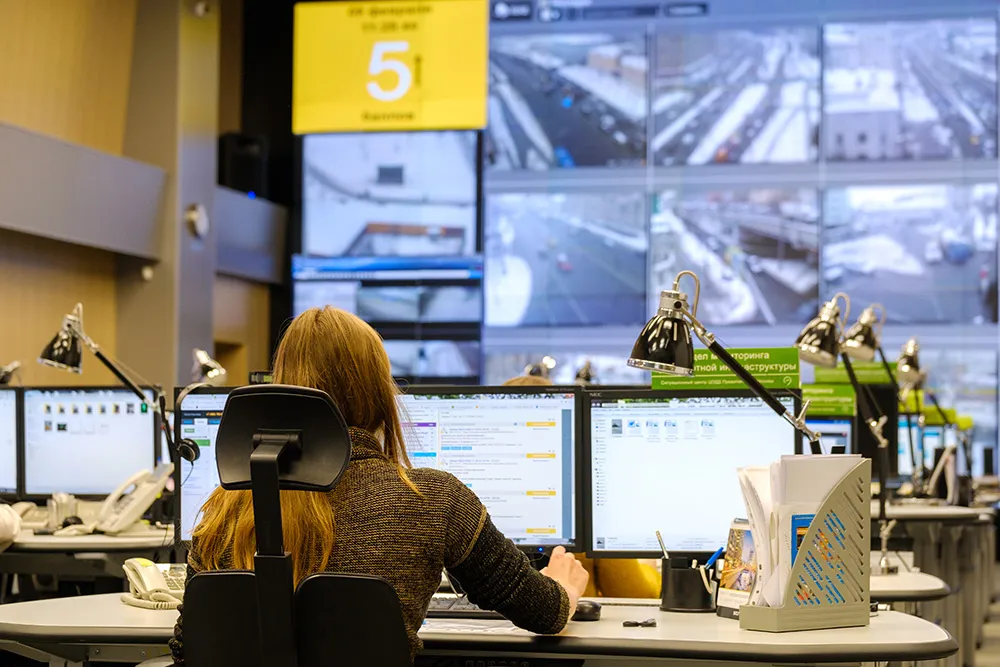Two Milan Polytechnic students, Domenico Diego and Cristina Corradini have designed the ‘Street Safe Initiative’, comprising a brightly coloured layer of asphalt a few centimetres beneath the surface of the road, which becomes visible when the road surface breaks up, making potholes easier to see and avoid.
February 2, 2012
Read time: 1 min
Two 578 Milan Polytechnic students, Domenico Diego and Cristina Corradini have designed the ‘Street Safe Initiative’, comprising a brightly coloured layer of asphalt a few centimetres beneath the surface of the road, which becomes visible when the road surface breaks up, making potholes easier to see and avoid.
The unique design will be trialled later this year in Rho, a small town close to Milan, to determine if the project is viable and cost-effective.
“We have compared the road surface to the human skin: when we are wounded, we start to bleed,” says Diego.
“So our idea is to put a layer of yellow asphalt beneath the tarmac, which appears and creates a high chromatic contrast that is visible from a distance. This way, the potholes are signalled as they appear and road users have enough time to react safely.”
The unique design will be trialled later this year in Rho, a small town close to Milan, to determine if the project is viable and cost-effective.
“We have compared the road surface to the human skin: when we are wounded, we start to bleed,” says Diego.
“So our idea is to put a layer of yellow asphalt beneath the tarmac, which appears and creates a high chromatic contrast that is visible from a distance. This way, the potholes are signalled as they appear and road users have enough time to react safely.”










